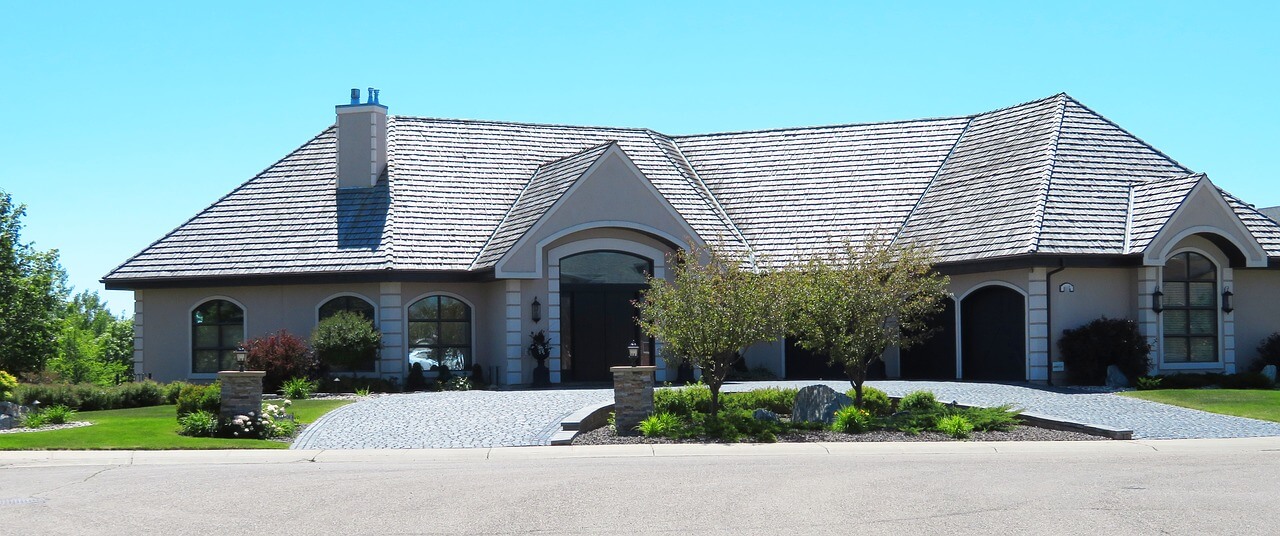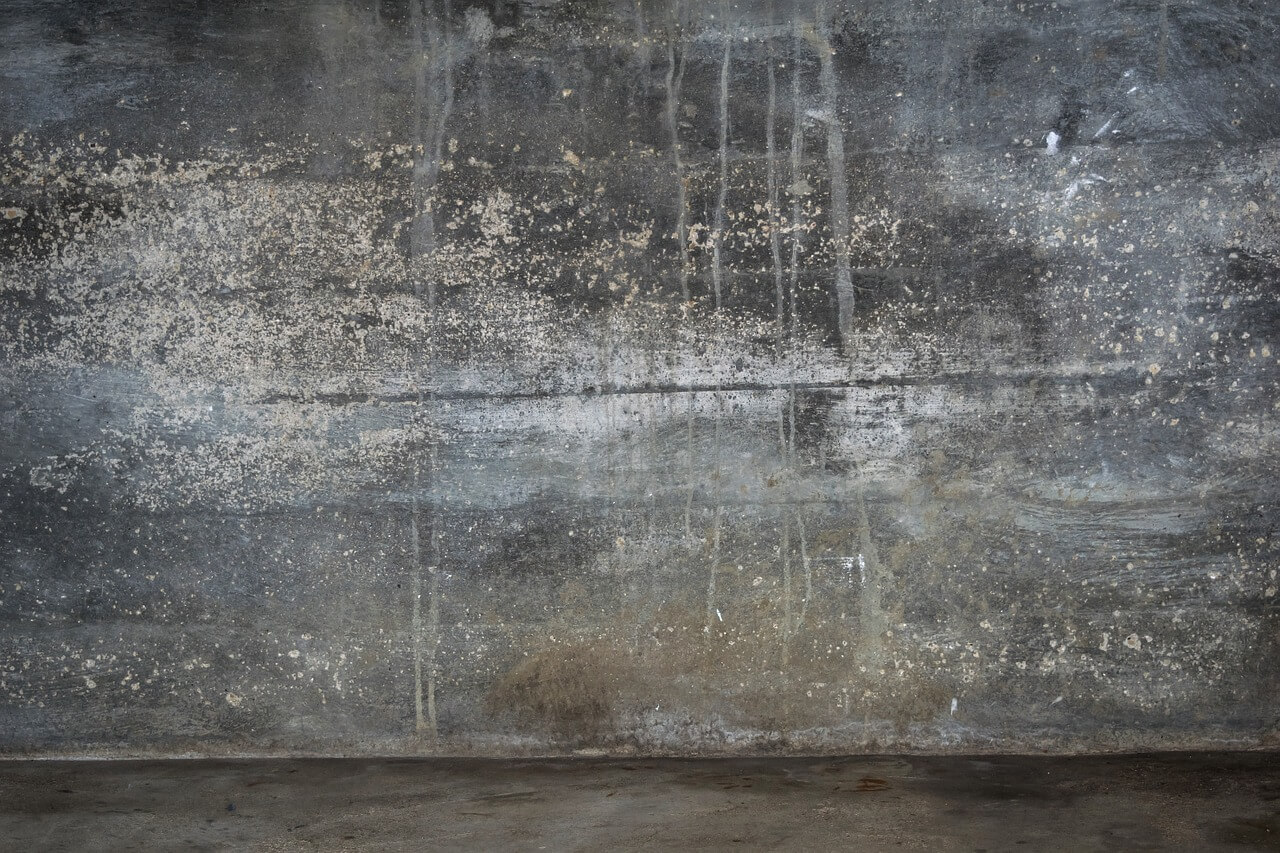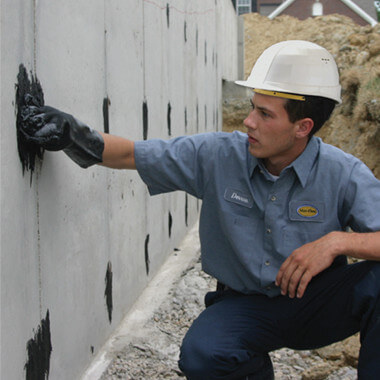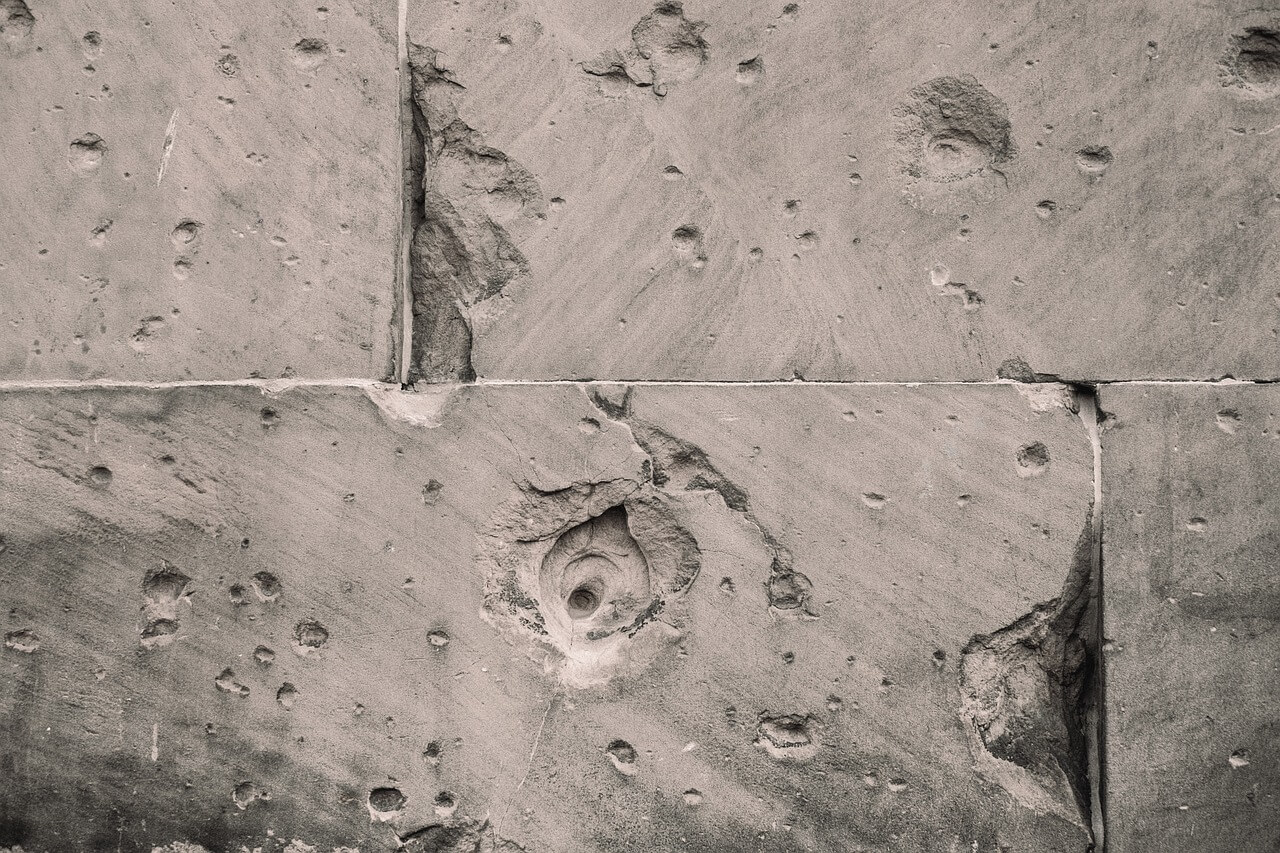This is a question we found via Yahoo Answers, and thought it would be within our expertise to answer here:
Foundation waterproofing should always be undertaken during initial construction. It is nearly impossible to apply basement waterproofing products once backfill, where sediment is deposited around the foundation, takes place. Before discussing the proper basement waterproofing products to use during construction, however, it is important to make the distinction between waterproofing and dampproofing a foundation. Dampproofing, which is less expensive, was used frequently in the past to prevent moisture from reaching subterranean walls. In fact, it was often referred to as “waterproofing” until the two terms were officially codified in the International Residential Code. We will address the difference in greater detail in future articles, but the bottom-line is that dampproofing merely prevents moisture from soaking into below-grade structures. Dampproofing will not prevent damage due to hydrostatic pressure or protect against a large buildup of water against a foundation wall. You can find more information on the benefits of waterproofing products here.
Once you have settled on basement waterproofing, you will begin to assemble your basement waterproofing system. We call it a waterproofing system because it utilizes three elements: a waterproofing membrane, drainage tile a drainage board. These pieces compliment each other and work together to ensure basements remain water-free for many many years. In fact, Mar–flex offers a limited lifetime warranty on waterproofing systems combining our top-of-the-line green waterproofing products, the FUSION UV waterproofing membrane and Shockwave drainage board. The waterproofing membrane goes on first and is sprayed directly on the exterior of the below-grade structure. This will prevent water from reaching the concrete and contains a large enough polymer concentration to resist hydrostatic pressure by stretching without breakage. The drainage board will prevent water from building up around the structure by helping it to quickly flow away from walls. It is applied over the waterproofing membrane and protects the membrane from soil and debris while channeling away moisture that causes pressure to build up. The drainage tile fits beneath the structure and channels water away from the floor in much the same way that drainage boards channel water away from below-grade walls. By pairing a true waterproofing membrane with a high-quality drainage board, you can ensure your foundation walls will be built to last.




 We have received several questions on our Facebook page asking about the benefits of
We have received several questions on our Facebook page asking about the benefits of 